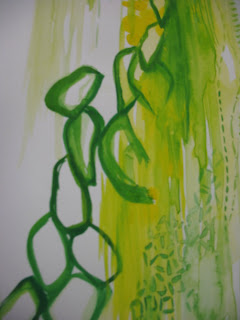My culture project is rapidly developing and very enjoyable so it is probably about time I started to document my ideas. A few weeks ago I began with the idea that culture is what you know, what you don’t know and what you want to be. This idea I found online whilst researching culture with examples such as depending on your culture you may know how to catch a fish with your bare hands, build a mud hut or use a computer. You may want to be literate, an astronaut or able to afford to send your kids to school. This I found interesting and so decided to ask my family and friends these questions: What do you know? What don’t you know? And what do you want to be? I asked them to give me three answers to each question. However I ended up with too much information to work with so I decided to base my project solely on what my dad’s answers to the questions were.
My dad knows:
How to grow a tomato (Do all cultures grow and eat tomatoes?)
How to drive a digger
That he pays too much in taxes (I don’t think he does know this he just wishes it was true!)
My dad doesn’t know:
What it’s like to be on the moon
What it’s like to be rich (although in some places he may be considered to be rich)
He also doesn’t know how to fly a hot air balloon
My dad wants to be:
Happy
Healthy
Rich
(I imagined he would answer this question with a profession like my mum did- a travel writer/ photographer)
I have taken his first answer and so began investigating how to grow a tomato. During the past week or so I have been drawing directly from fruit and vegetables, looking at magnified images of fruit and vegetables and also banana cells under a microscope. I am now beginning to look at gardening tools, allotments, greenhouses, potting sheds and overgrown vegetable plots.
Below are some images of my sketchbook pages based on drawing from fruit and vegetables, the photographs within my sketchbook i found online. However i hope to visit the botanical gardens or some local allotments to do some photography this week.



























